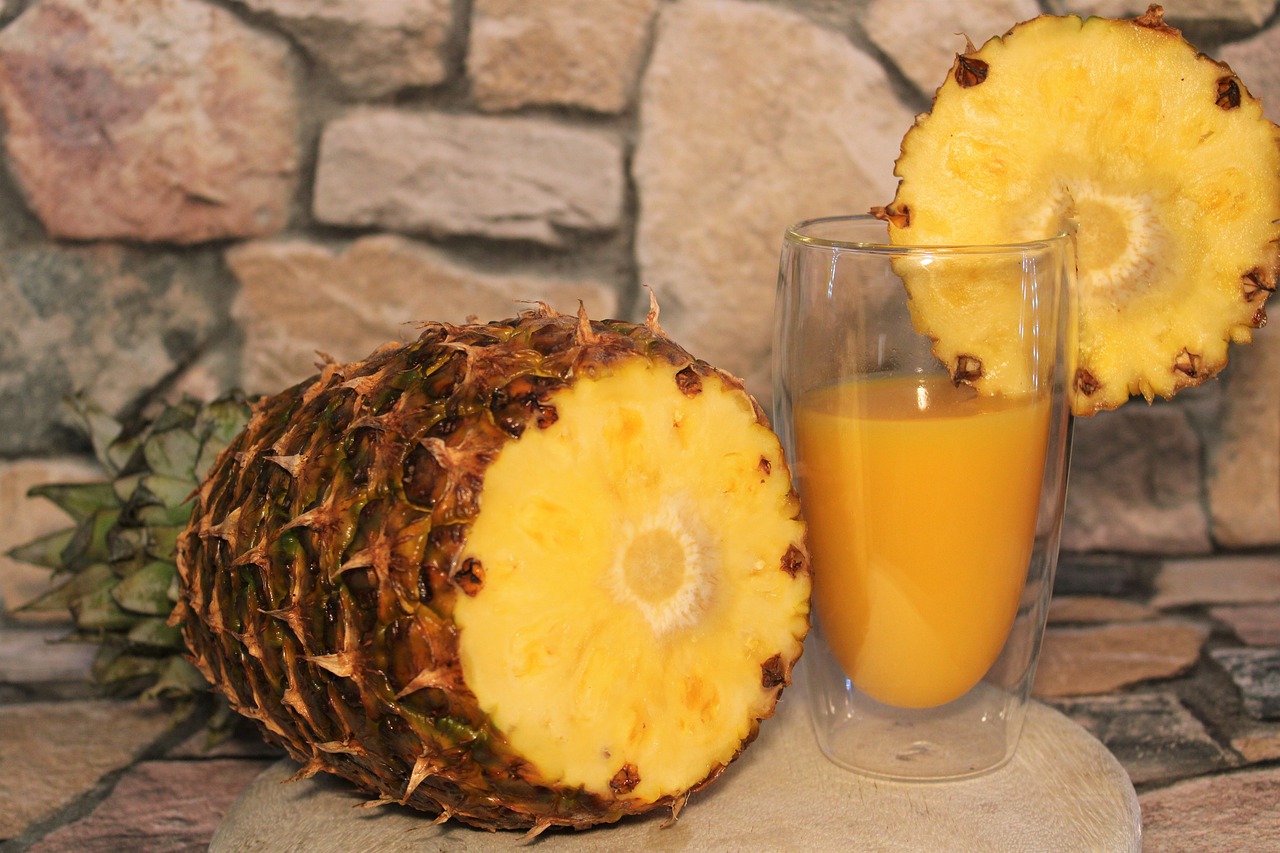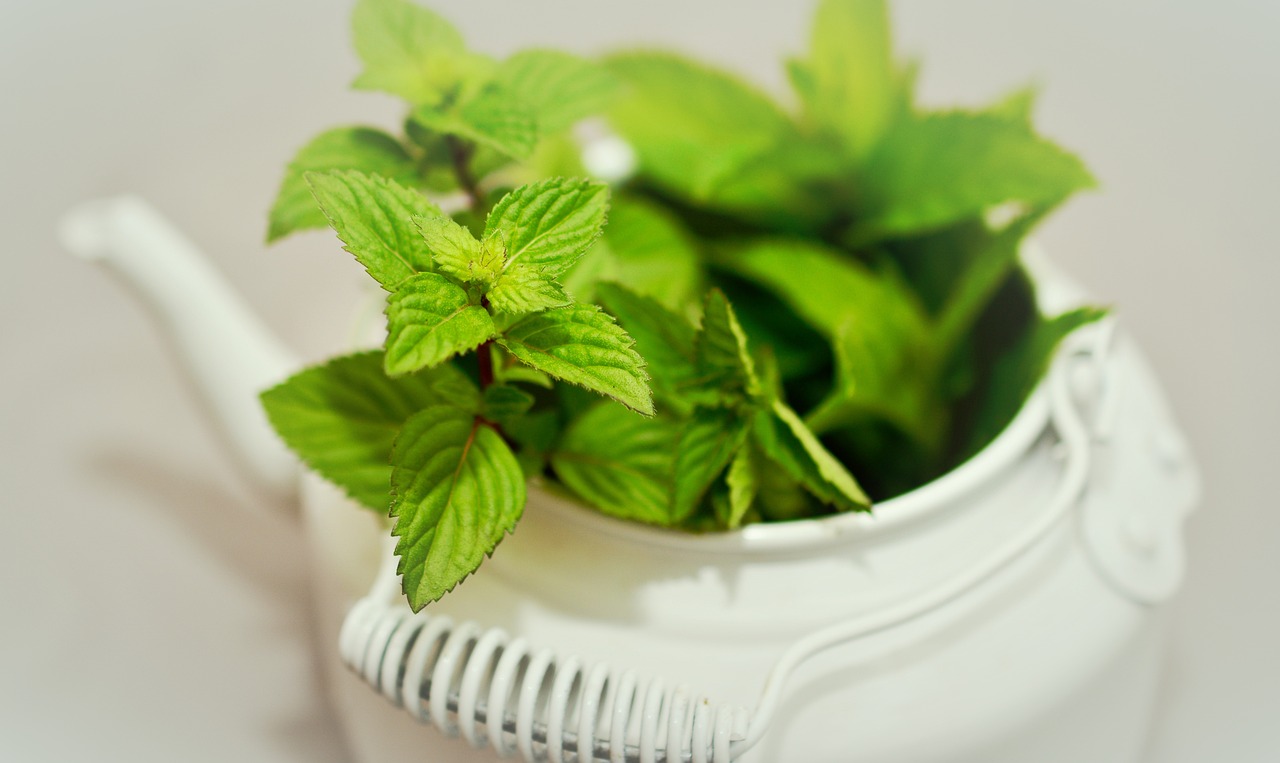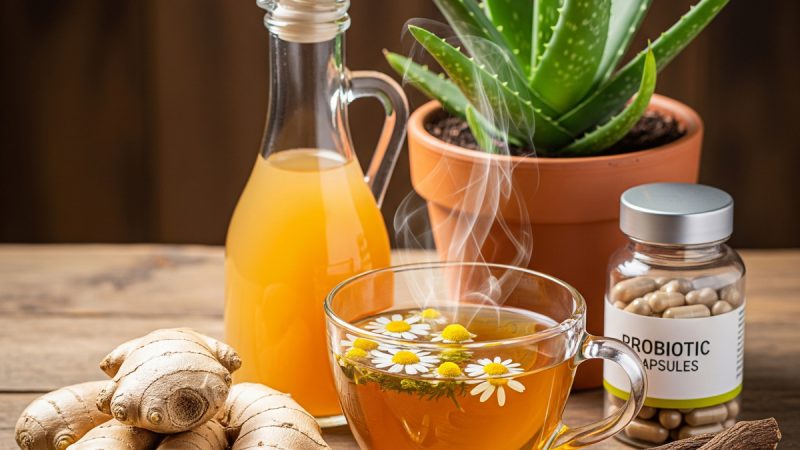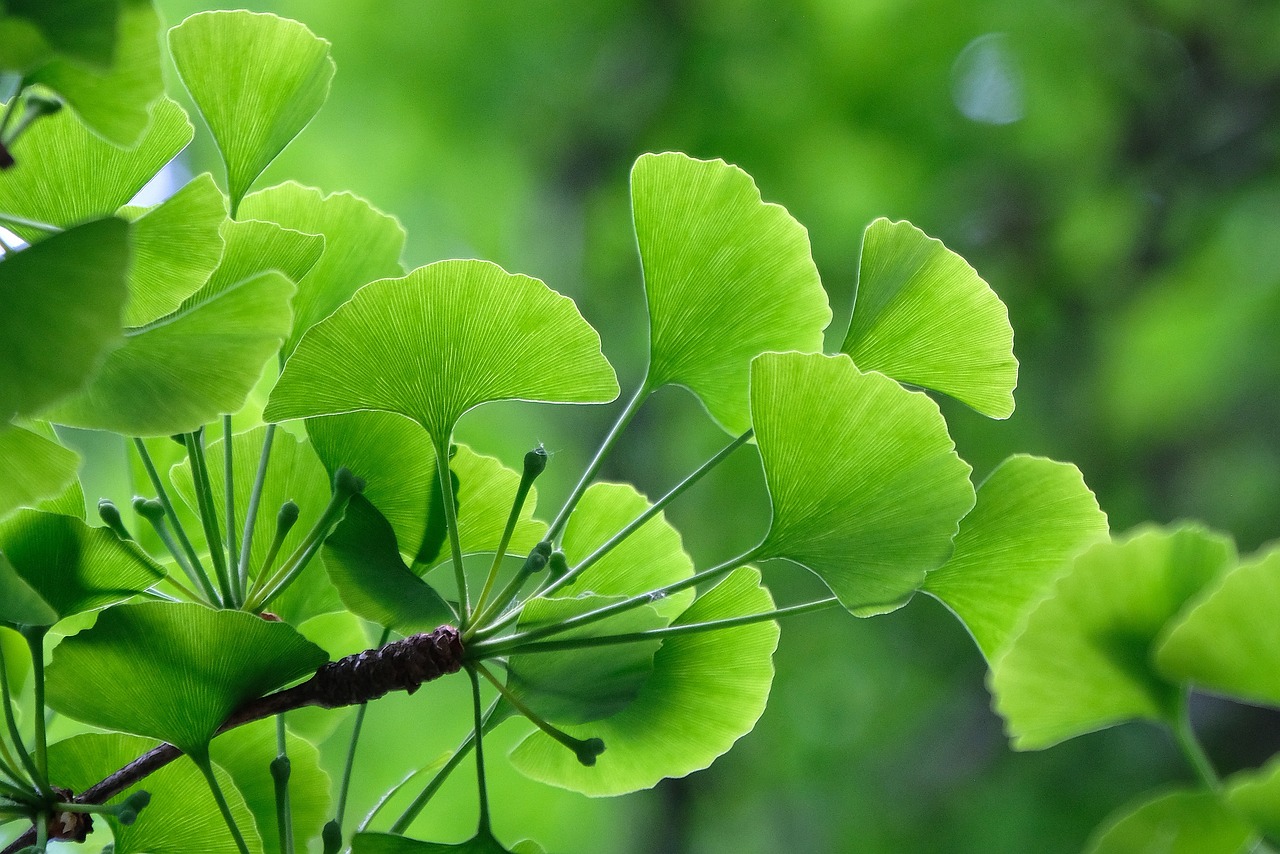Wild Mustard Hot Stuff In Your Diet, Fantastic Fuel In Your Car
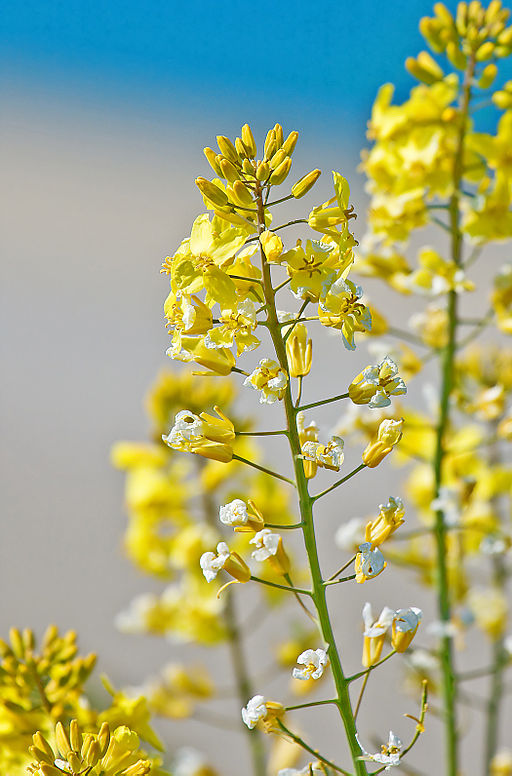
The farmers’ scourge for centuries, wild mustard is hardly at the top of anyone’s list of favourite plants. A harbor for insects and pests harmful to gardens and crops alike, it has been the target of herbicides and natural defenses used by organic and non-organic farmers for the last sixty years, yet remains one of the most common noxious weeds in the fields. Yet, it is far from the demon that we have been led to believe.
When farmers send their grain or oilseeds to be cleaned prior to shipping, cleaners can count on an abundance of wild mustard seed in the screening mix. Inevitably, it is discarded, and sometimes burned to prevent regeneration or sprouting. That drastic technique often fails, because mustard seed has a good resistance to fire, with its hard shell. However, it does burn, since it has a very high oil content. Ironically, this oil offers great potential for revenues.
Mustard has one of the highest oil content of all oilseeds, including soybean, flax and canola, often exceeding 40%. Yet, it has not been used to its full potential in the production of biodiesel. I attribute this to the mental attitude of oil-seed producers, who opt to produce biodiesel from food-grade oilseeds, although off grade, sprouted and screened oilseeds produce as good, if not better bio-fuel than food grade. When I was working on establishing biodiesel facilities in Manitoba, many farmers scoffed at the idea of using reject material to produce their fuel. They wanted “nothing but the best,” which, of course, meant paying a premium price and eliminating profit margins. Similarly, on our bio-gas pilot projects, few farmers wanted to be involved in producing bio-gas from manure, as if the concept meant that the end product would be inferior.
Mustard seed produces excellent fuel. Even wild mustard oil is quite edible by humans, although large quantities of the seed and the plant can be injurious to cattle.
The flakes of mustard meal left over after squeezing oil from the seeds can be deadly hot – easily as hot as a good wasabi. I have used the flaked meal round garden plants, and found it works to deter cutworms and other crawling pests. A caution, however: do not place the meal too close to the plants, as they can suffer badly from contact with the concentrated residue.
Mustard plants, like turnips and beets, also provide very tasty, and somewhat peppery greens. Not as spicy as the leaves of nasturtium, mustard greens have more life and taste than many of the more bland green wild crops of late spring and early summer. In a pinch, the stalks can be chewed as a survival food. I have found them woody and difficult to digest, and would prefer to eat other available wild greens. Cooking does not enhance the flavour of mustard greens. Raw, mixed in a salad is my preferred choice, or even used as a lettuce-like supplement in sandwiches. One colleague uses the almost-opened flower heads in the same manner as broccoli, steaming them and adding a bit of cheese to liven them up.
Hardly the floral ogre that it is painted to be by farmers, wild mustard offers a lively option for innovative gatherers of wild foods, and should not be discounted or rejected merely because farmers hate the plant and cattle seem revolted by it. Spice, salad ingredient, boiled green, pest controller and even fuel for your vehicle or kerosene heater, mustard can be a lifesaver!
The Author:
Among other interests, Robert Lee is a writer who focuses on ethical considerations in business and living life simply. He is the author of six books, including The Last Drop of Living, A Minimalist’s Guide to Living The High Life On A Low Budget and Wild People I Have Known. His blogs include http://eatingwild.blogspot.com


